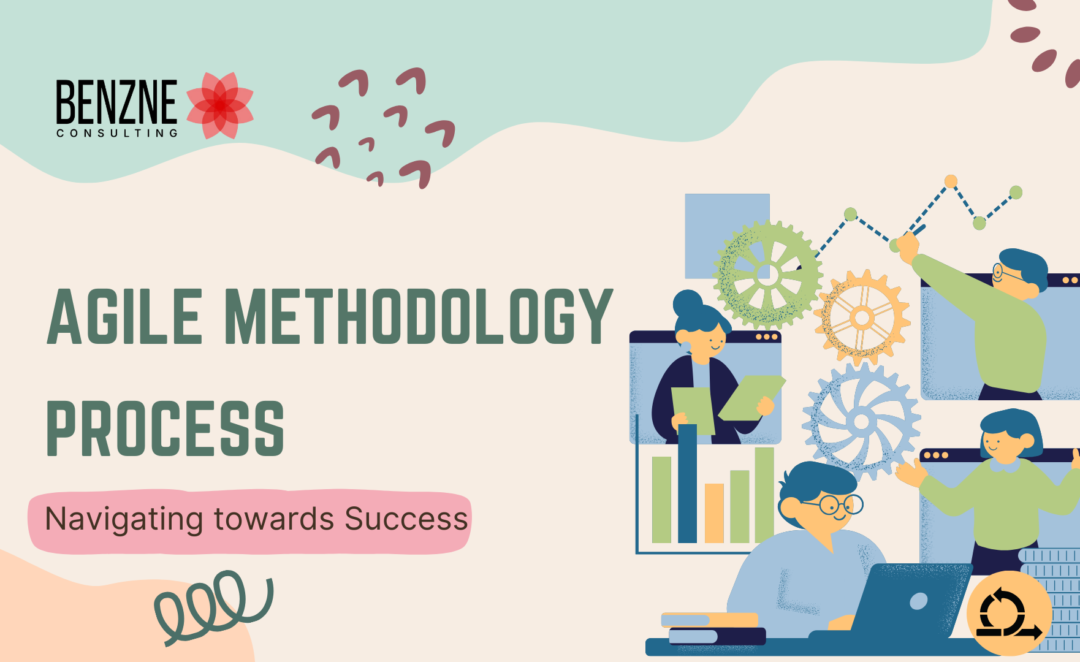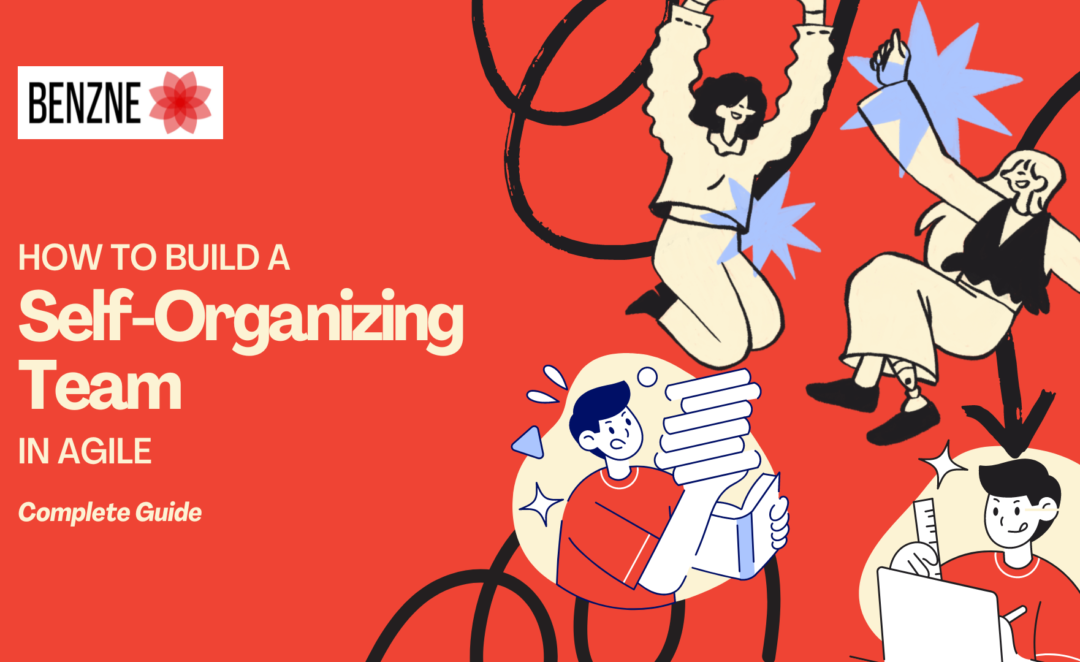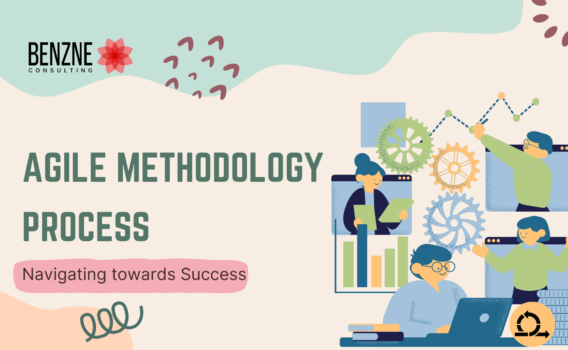Agile Methodology Process: Navigating towards Success
Introduction “Embracing uncertainty and embracing change is the heart of Agile.” — Jeff Sutherland Prior to Agile, software development followed traditional Waterfall methods, characterized by rigid planning, linear execution, and limited customer involvement. Projects were often delayed, over-budget, and failed to meet customer expectations. Agile turned the traditional approach on Read More






















